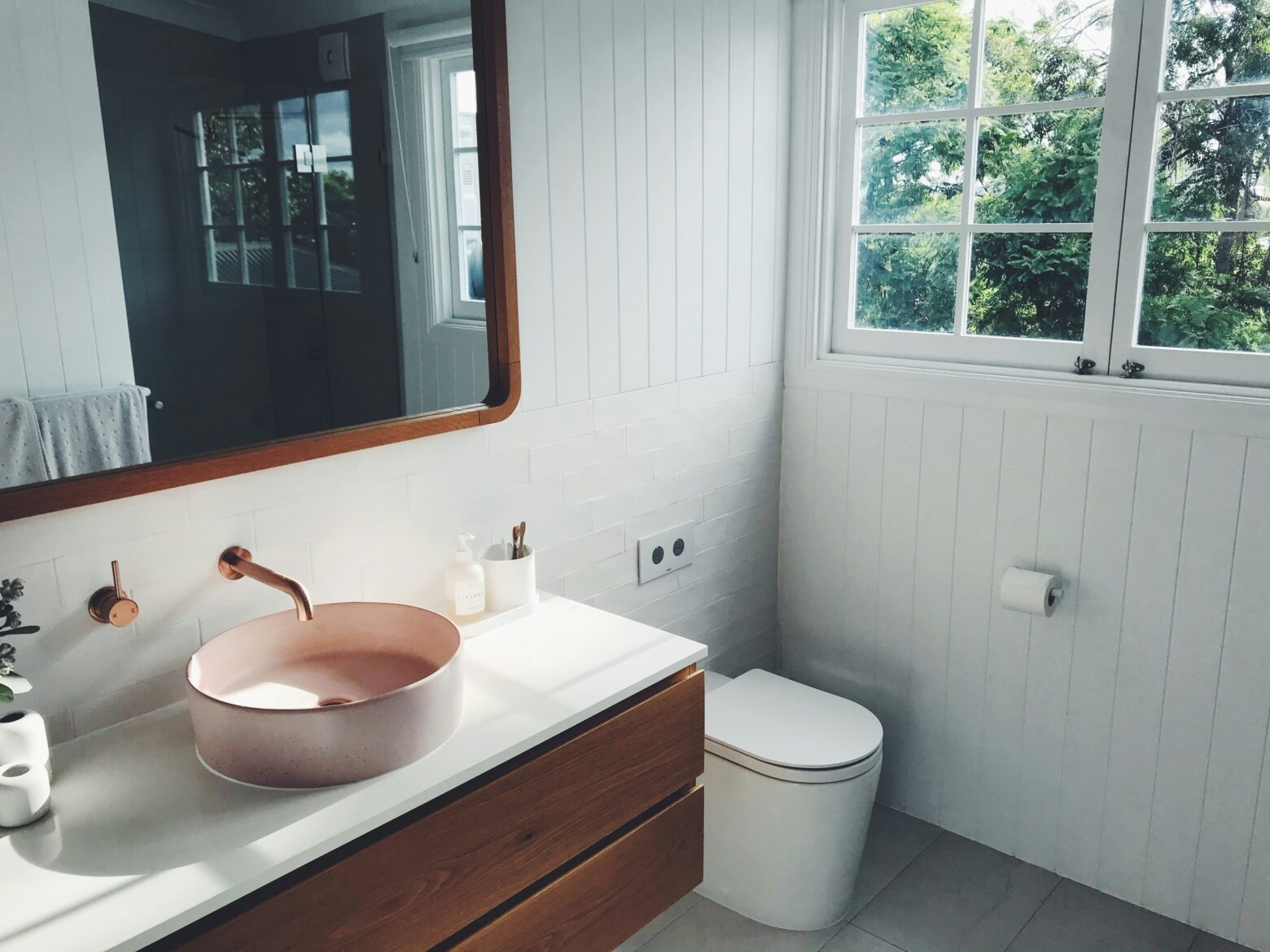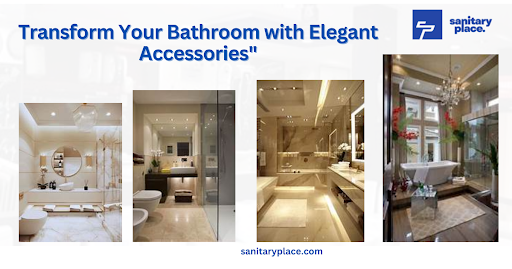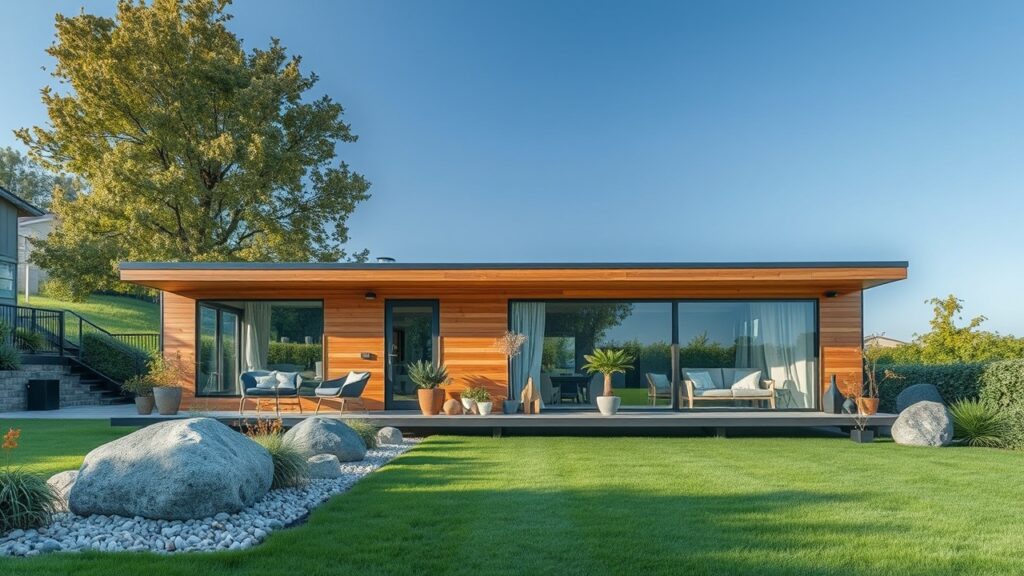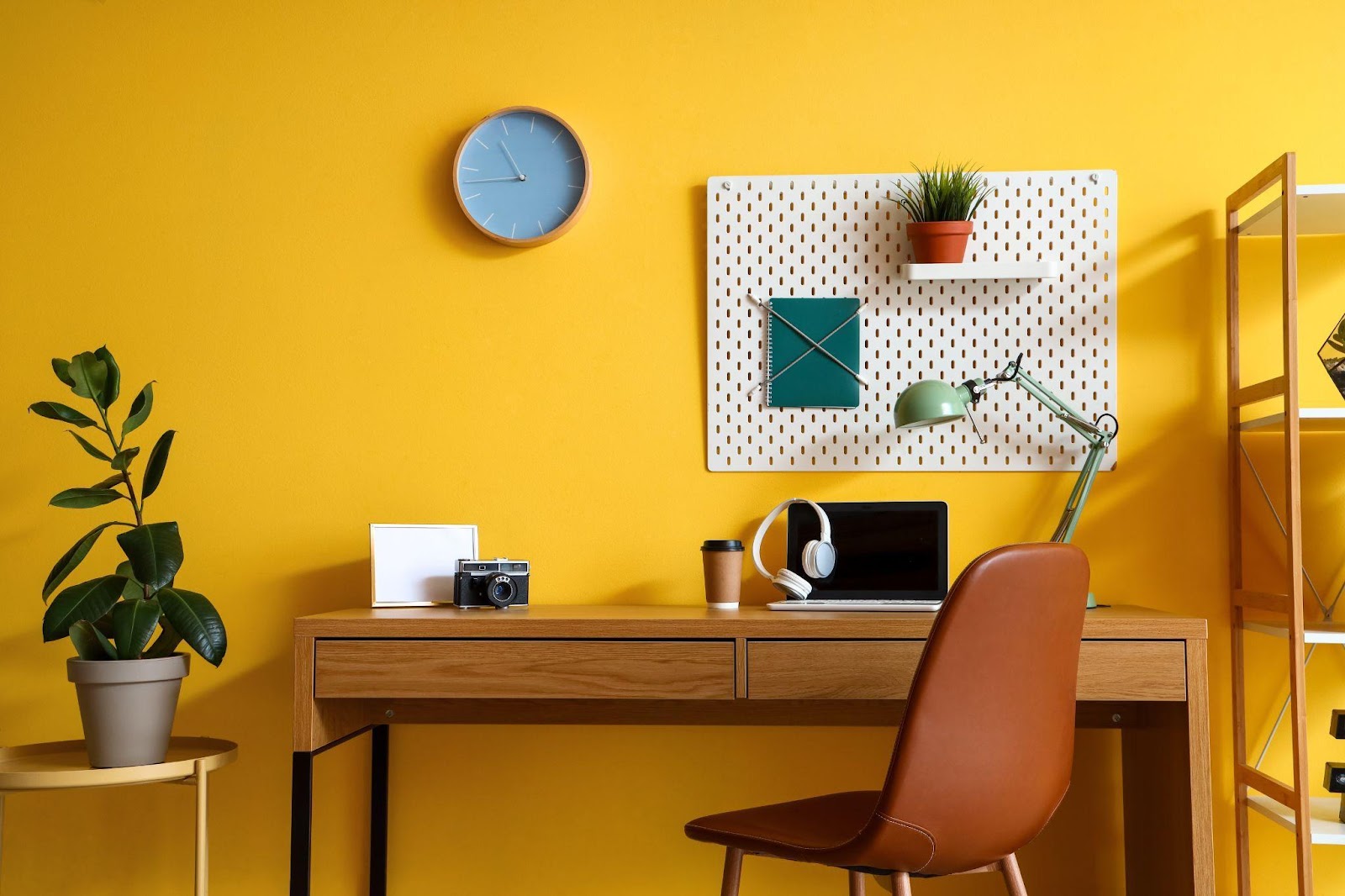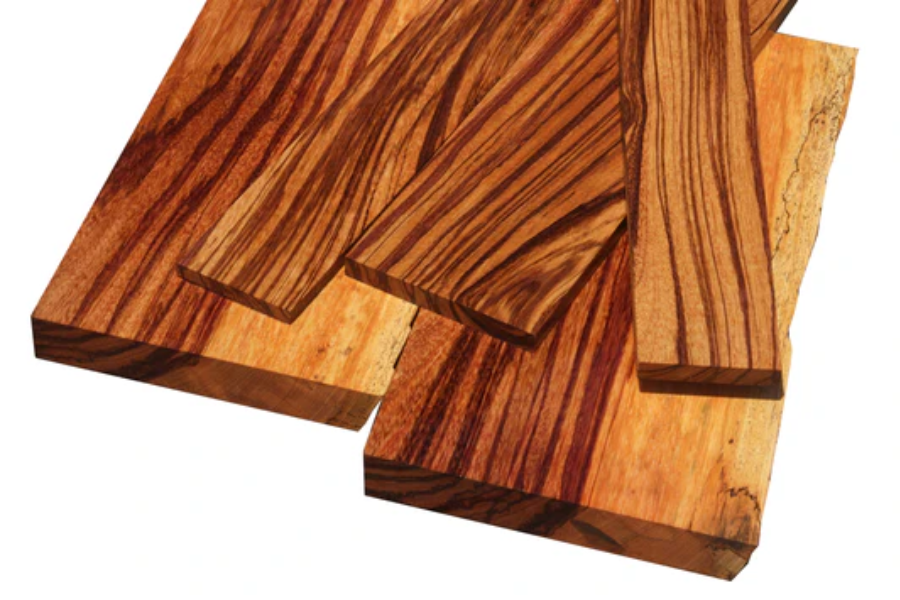Ever feel like your morning shower involves a delicate dance to avoid knocking over shampoo bottles? Or maybe your bathroom sink doubles as a laundry hamper because there’s simply no space left. If you live in a small apartment or own a charming but compact house, you’re probably familiar with the unique challenges of tiny bathrooms.
But don’t worry! This blog is here to help! We’ll tackle the most common issues tiny bathrooms face, from storage solutions for overflowing toiletries to clever layouts that maximize every inch. We’ll also share tips to make your miniature spa feel more open and airy, transforming it from a cramped space to a calming retreat.
Inadequate Ventilation
Poor ventilation is a frequent issue in small bathrooms, leading to excess moisture buildup that can cause mold and mildew. To combat this, installing an effective exhaust fan is essential. This fan should be powerful enough to replace the air in the bathroom at least eight times an hour. If space and design permit, a small window can also help improve airflow and provide additional light, reducing the reliance on artificial lighting. Good ventilation not only helps prevent the growth of mold but also maintains air quality, making the bathroom more comfortable and hygienic.
Plumbing Challenges
Plumbing in small bathrooms needs to be meticulously planned to avoid common problems such as clogs or leaks, which can be exacerbated by cramped conditions. When issues arise, it’s wise to turn to professionals. A reputable plumbing company can address these concerns effectively, especially in small spaces where traditional DIY fixes may not be sufficient. Expert bathroom remodelers are familiar with maximizing space without compromising on the quality of plumbing solutions. They can recommend space-saving fixtures and installation techniques that keep your bathroom running smoothly.
Limited Storage Space
One of the biggest challenges in small bathrooms is finding enough space to store all your necessities. This problem can be tackled by thinking vertically. Tall, narrow storage units that stretch upwards utilize empty wall space instead of taking up valuable floor area. Another option is to install shelves over the door or around the sink. Utilizing these often-overlooked spaces can provide extra room for towels, toiletries, and other bathroom essentials, helping to keep everything organized and free from clutter.
Poor Lighting
A well-lit bathroom feels larger and more open. In small bathrooms, maximizing natural light can be difficult, especially if there are no windows. To improve lighting, consider installing LED recessed lights in the ceiling to brighten up the space without taking up any additional room. Mirrors strategically placed opposite light sources can also amplify light, making the bathroom appear brighter and larger. Choosing white or light-colored finishes will reflect light better, further brightening the space and creating an airy feel.
Cluttered Space
Clutter quickly makes a small bathroom feel even smaller. To tackle this, it’s important to keep only the essentials within reach and find storage solutions for everything else. Using organizational tools such as drawer dividers and storage bins can help keep items in their place and easy to find. Regularly decluttering by removing unused or expired products will also keep your space tidy and manageable. Adopting a minimalist approach not only aids in keeping your bathroom organized but also contributes to a more relaxing and enjoyable environment.
Oversized Fixtures
Choosing fixtures that are too large can overwhelm a small bathroom, making it feel even more confined. Opting for compact, multifunctional fixtures can significantly free up space. Consider a wall-mounted toilet or a pedestal sink instead of a full vanity, which can make the bathroom appear larger by showing more of the floor. These sleek, space-saving choices not only make the bathroom more navigable but also contribute to a cleaner, more modern look.
Lack of Accessibility
Accessibility can be a challenge in small bathrooms, especially for those with mobility issues. To improve accessibility, consider installing grab bars near the toilet and in the shower area. A walk-in shower with a flat entry is also a great option, eliminating the need for stepping over a tub edge. Thoughtful placement of fixtures and clear floor space can greatly aid in movement and usage, ensuring the bathroom is comfortable for everyone.
Style and Decoration
Decorating a small bathroom offers unique challenges, where too many elements can make the space feel crowded and smaller. To maintain a spacious feel, focus on a few key decorative pieces, such as a statement mirror or unique light fixtures, which can serve as focal points without cluttering the space. Stick to a light color palette for walls and fixtures to reflect light and give an air of openness. Clever use of textures and patterns can add depth and interest without filling the space with objects.
Water Efficiency
Managing water efficiency is crucial in any bathroom setup. In small bathrooms, consider installing low-flow toilets and showerheads to minimize water use. These fixtures reduce water bills and are better for the environment. What’s more, making sure that all plumbing is in top condition can prevent leaks and water waste, keeping your small bathroom both eco-friendly and economical.
Difficulty Cleaning
Cleaning small spaces can be challenging, especially with hard-to-reach areas that are cramped and cluttered. Opting for wall-mounted fixtures can make the floor easier to access and clean. Choosing materials and surfaces that are easy to wipe down and resistant to stains and mold can also simplify maintenance tasks. Regular cleaning and maintenance ensure that the space remains fresh and inviting.
Conclusion
Transforming a small bathroom requires smart planning and strategic choices, but it’s certainly achievable with the right approach. By addressing common problem areas such as inadequate ventilation, plumbing issues, and clutter, and by selecting appropriate fixtures and decor, you can create a bathroom that is not only functional but also enjoyable to use. Strive to make the most of the space you have, creating a bathroom that feels comfortable, looks great, and meets all your needs without feeling cramped. With these tips and a bit of creativity, your small bathroom can become one of your favorite rooms in the house!






